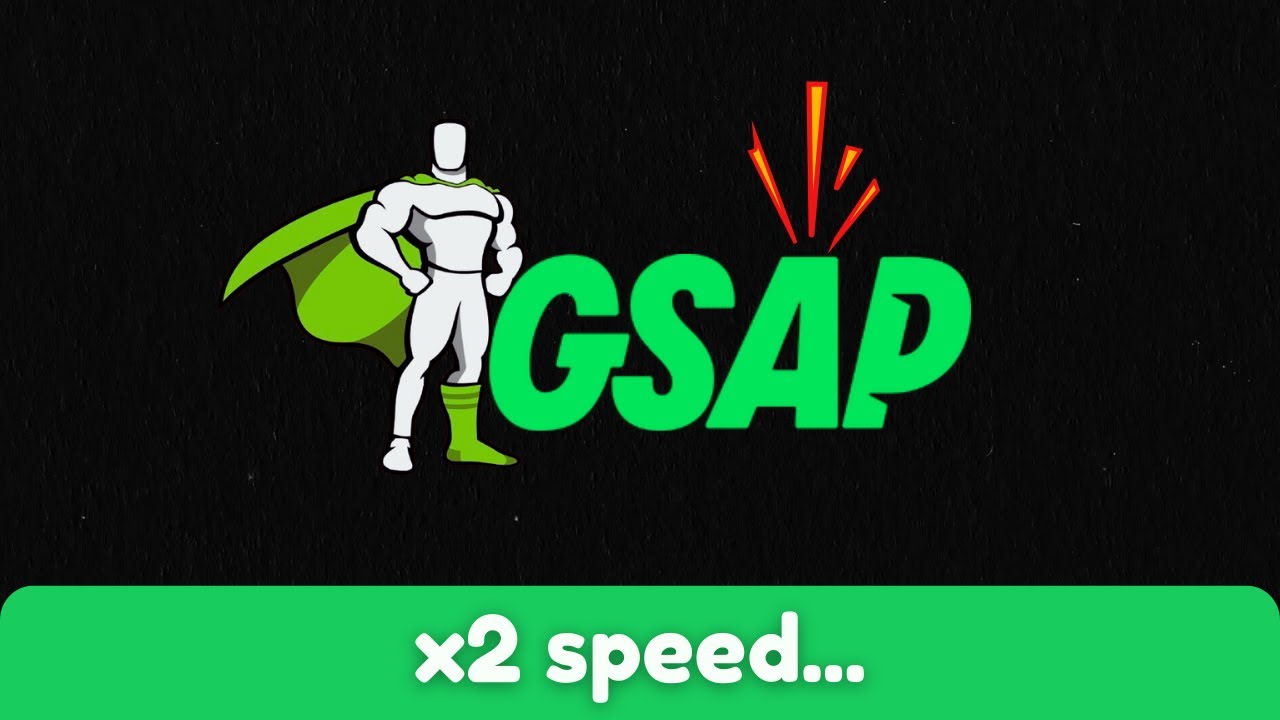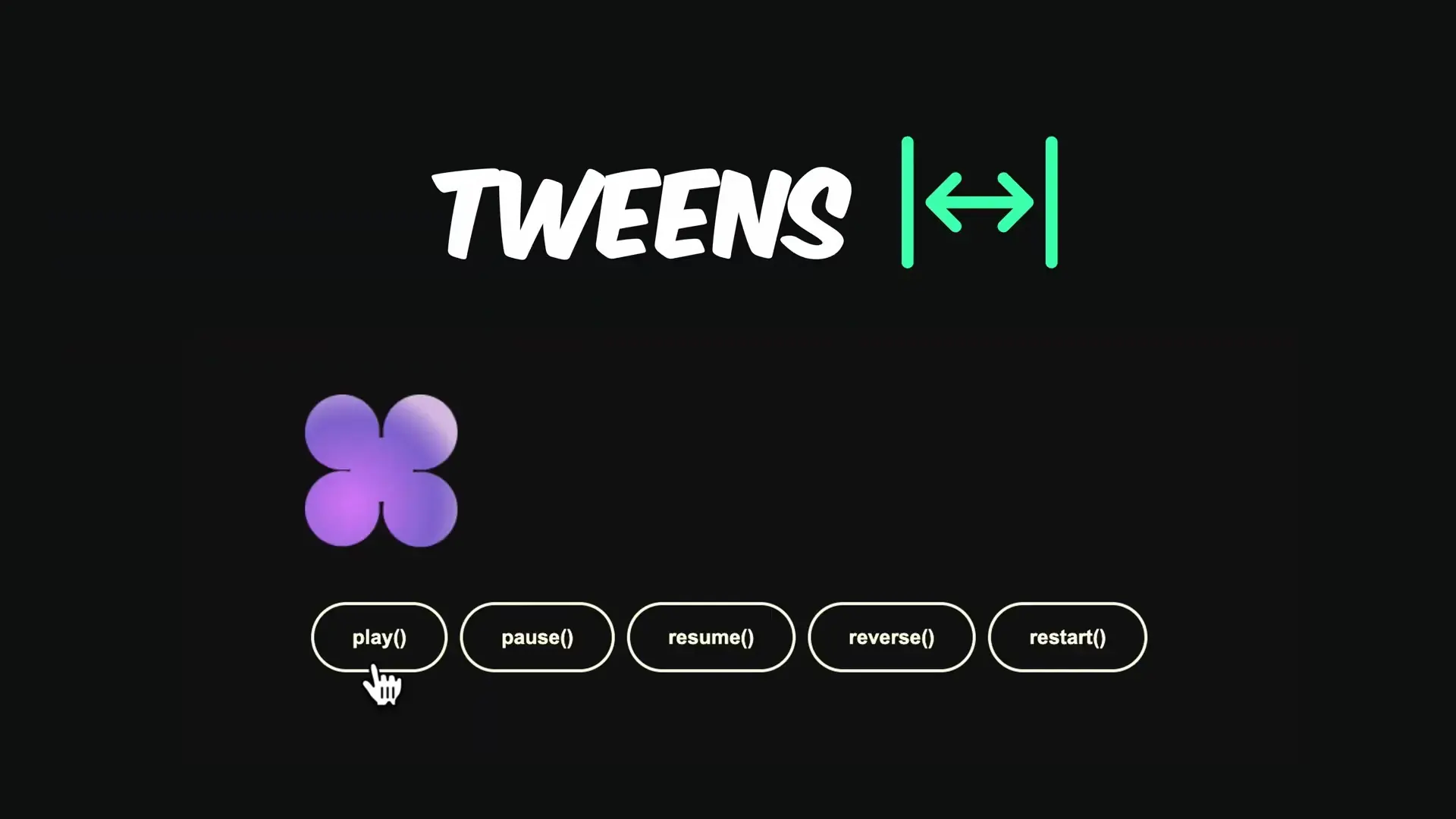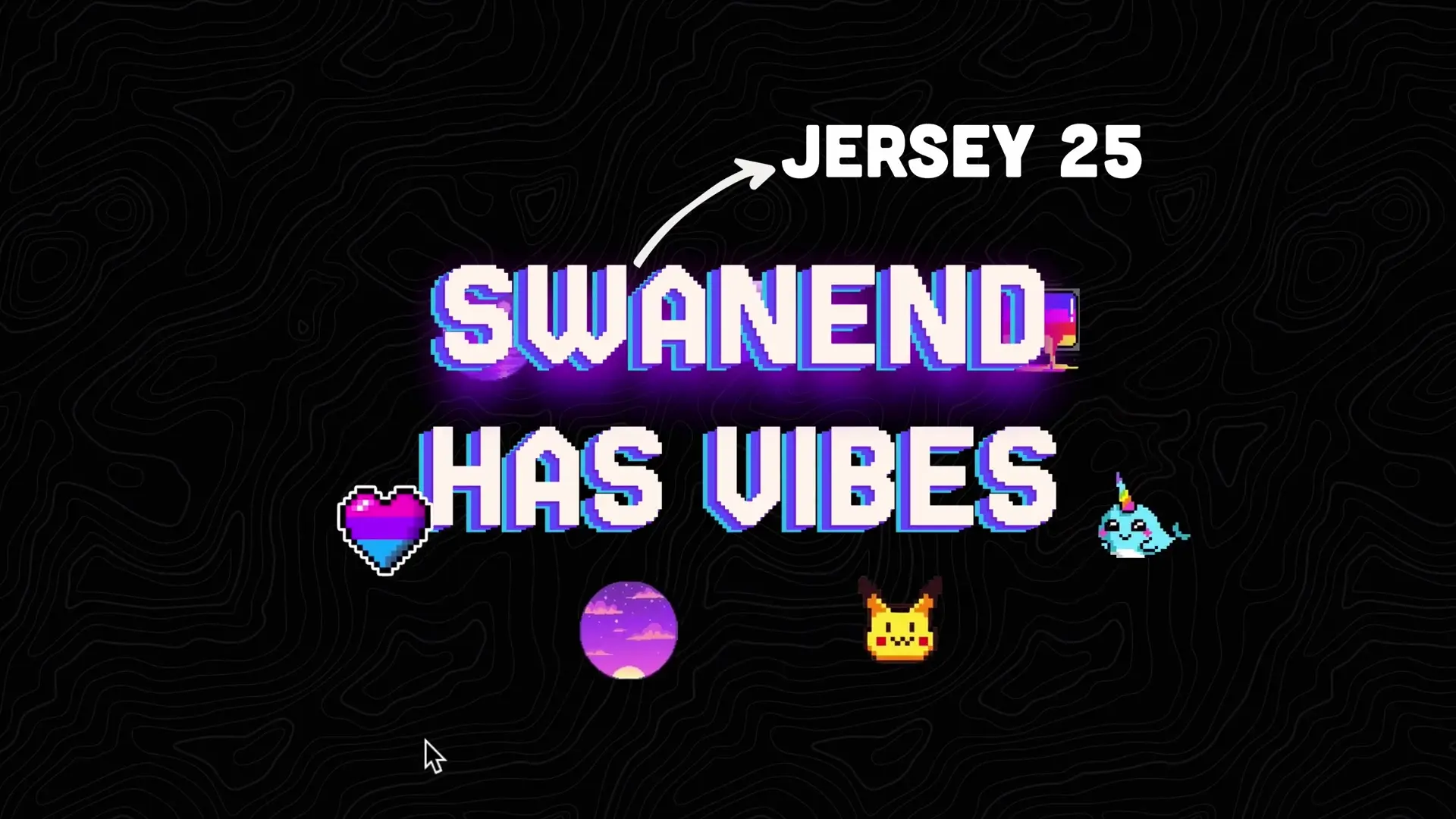
The GreenSock Animation Platform (GSAP) has been a powerhouse in web animation for over two decades, and now it's making waves again with big news: GSAP is now 100% free. This robust JavaScript animation library has long been the secret weapon of professional web developers, and with this pricing change, it's more accessible than ever for creators of all levels.
Understanding GSAP: The Animation Powerhouse
At its core, GSAP is built around three fundamental concepts that make creating complex animations surprisingly straightforward:
- Tweens: The process of transitioning elements from one state to another
- Plugins: Specialized tools that extend GSAP's functionality
- Timelines: Containers that group animations together and manage their timing

Tweens are the building blocks of GSAP animations. When you create a tween, you're essentially telling GSAP what to do with an element - whether that's changing its position, size, opacity, or virtually any other property. The library handles all the complex calculations needed to create smooth transitions between states.
Creating an Orbital Animation with GSAP and React
Let's walk through building an impressive orbital animation using GSAP with React. This tutorial will showcase how to animate SVG elements along a custom path, creating a visually striking orbital effect.
Step 1: Setting Up Your React Project
First, create a new Vite React project and clean up the default template. Then, install GSAP and import the necessary components:
// Install GSAP
npm install gsap
// In your App.tsx
import { useEffect } from 'react';
import gsap from 'gsap';
import { MotionPathPlugin } from 'gsap/MotionPathPlugin';
// Register the plugin
gsap.registerPlugin(MotionPathPlugin);
Step 2: Preparing SVG Assets
Add your SVG assets to the project's assets folder. These will be the elements that orbit in your animation. Import them into your component:
import svgOne from './assets/svg1.svg';
import svgTwo from './assets/svg2.svg';
import svgThree from './assets/svg3.svg';
function App() {
// Create an array of your SVG assets for easier handling
const orbitElements = [svgOne, svgTwo, svgThree];
// Component logic will go here
return (
// JSX will go here
);
}Step 3: Creating the Animation Path
For an orbital animation, you'll need to define a path for your elements to follow. SVG paths work perfectly for this purpose, and you can create them using visual tools or write them manually:
useEffect(() => {
// Define the path for the orbital animation
const path = "M100,250 C100,150 400,150 400,250 C400,350 100,350 100,250";
// Select all elements with the class 'orbit-element'
const elements = gsap.utils.toArray('.orbit-element');
// Set initial state
gsap.set(elements, {
opacity: 0
});
// Create animation for each element
elements.forEach((element, index) => {
// Fade in with staggered delay
gsap.to(element, {
opacity: 1,
duration: 0.5,
delay: index * 0.2
});
// Apply motion path animation
gsap.to(element, {
motionPath: {
path: path,
align: path,
autoRotate: true,
alignOrigin: [0.5, 0.5]
},
duration: 10,
repeat: -1,
ease: "none",
delay: index * 0.5
});
});
}, []);Step 4: Rendering the Elements
Now, let's implement the JSX structure to display our orbiting elements:
return (
<div className="container">
<header>
<h1>Orbital Animation with GSAP</h1>
<p>Now 100% Free!</p>
</header>
<div className="orbit-container">
{orbitElements.map((src, index) => (
<img
key={index}
src={src}
className="orbit-element"
alt={`Orbiting element ${index + 1}`}
/>
))}
</div>
</div>
);
Proper Cleanup with the useGSAP Hook
One important aspect of using GSAP with React is ensuring proper cleanup when components unmount. GSAP now offers a convenient solution with the useGSAP hook:
import { useGSAP } from '@gsap/react';
function App() {
// Create a reference for scoping
const containerRef = useRef(null);
// Use the GSAP hook for automatic cleanup
useGSAP(() => {
// Your animation code here
// Select elements within the scope
const elements = gsap.utils.toArray('.orbit-element', containerRef.current);
// Create animations as before
}, { scope: containerRef, dependencies: [] });
return (
<div ref={containerRef}>
{/* Your JSX here */}
</div>
);
}Handling Font Loading
To prevent flickering during font loading, you can use a font loading package to hide the UI until fonts are properly loaded:
import FontFaceObserver from 'fontfaceobserver';
function App() {
const [fontsLoaded, setFontsLoaded] = useState(false);
useEffect(() => {
const font = new FontFaceObserver('YourFontName');
font.load().then(() => {
setFontsLoaded(true);
});
}, []);
if (!fontsLoaded) {
return <div className="loading">Loading...</div>;
}
return (
// Your animation component
);
}Why GSAP Stands Out Among Animation Libraries
GSAP offers several advantages over other animation solutions like CSS animations or competing JavaScript libraries:
- Performance optimization for smooth animations even on complex projects
- Cross-browser compatibility without worrying about vendor prefixes
- Precise control over animation timing and sequencing
- Robust plugin ecosystem for specialized animations (like MotionPath)
- Mature, battle-tested codebase with 20+ years of development
- Now completely free to use, removing previous licensing restrictions
Conclusion
GSAP's transition to a 100% free model opens up exciting possibilities for web developers looking to create impressive animations. The library's powerful features - tweens, plugins, and timelines - provide a robust foundation for building everything from simple transitions to complex orbital animations like the one we've explored in this tutorial.
Whether you're new to web animation or a seasoned developer, GSAP offers the perfect balance of power and ease of use. Its integration with React through hooks like useGSAP makes it even more developer-friendly, handling common pain points like cleanup automatically. Start experimenting with GSAP today to take your web animations to the next level.
Let's Watch!
GSAP Animation Library Now 100% Free: Create Stunning Orbital Animations in React
Ready to enhance your neural network?
Access our quantum knowledge cores and upgrade your programming abilities.
Initialize Training Sequence